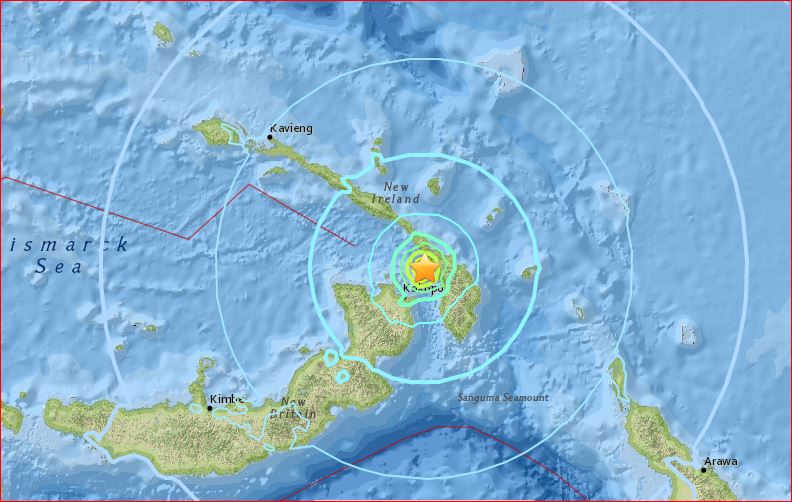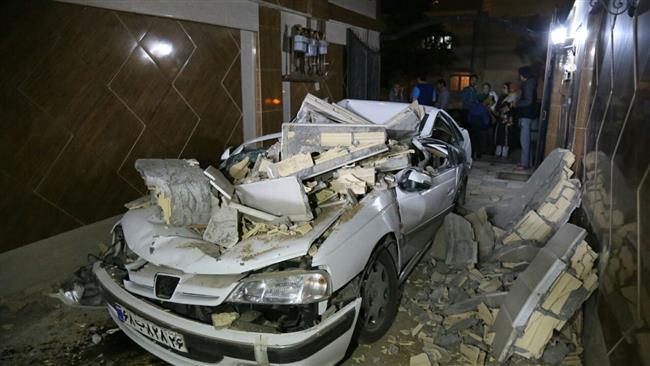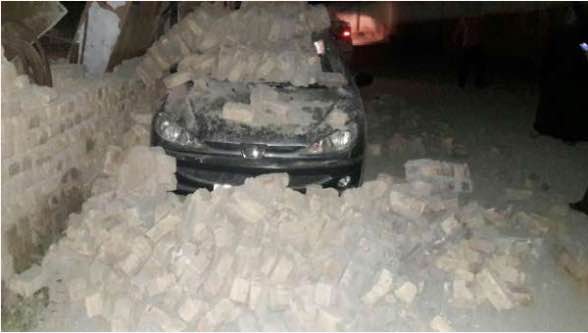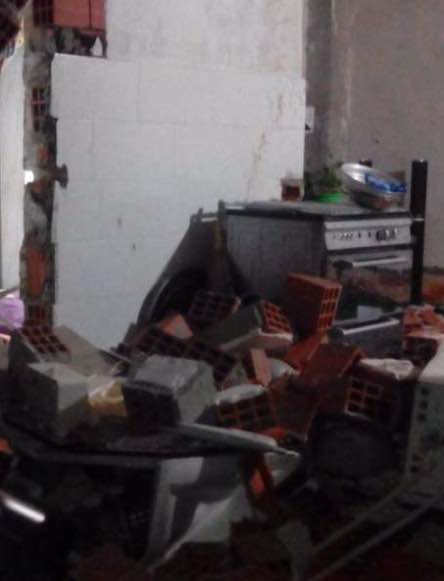Planet X Incoming: Is Italy's SUPERVOLCANO about to blow? Experts warn that Campi Flegrei is at a 'critical stage'
While the Campi Flegrei volcano hasn't
erupted since 1538, experts have warned that it could be building up to
another devastating eruption.
By
studying patterns of unrest over the last 500 years, the researchers
have predicted that we are reaching a 'critical stage' where further
unrest will lead to an eruption.
They
hope their findings will urge local authorities to prepare for an
eruption, which they say would affect the 360,000 people living across
the caldera and Naples' population of nearly one million.
If the volcano was to erupt, it could cause havoc for those trying to fly in the area.
Dr
Christopher Kilburn, who led the study, told MailOnline: 'An eruption
might disrupt air traffic, if only for precautionary measures and the
immediate effect would be in Campi Flegrei and Naples.'
Experts
from UCL and the Vesuvius Observatory in Naples have been studying the
patterns of unrest since Campi Flegrei's last eruption 500 years ago.
The
volcano has been restless for 67 years, with two-year periods of unrest
in the 1950s, 1970s and 1980s causing small, local earthquakes and
ground uplift.
Similar unrest occurred over 500 years ago, when it took a century to build up to an eruption in 1538.
Using a new model, the researchers investigated whether Campi Flegrei may again be preparing to erupt.
They
found that the unrest since the 1950s has been causing a build-up of
energy in the crust and making the volcano more vulnerable to eruption.
Until now, scientists had thought that the energy needed to stretch the crust was lost after each period of unrest.
Dr Kilburn said: 'By studying how the
ground is cracking and moving at Campi Flegrei, we think it may be
approaching a critical stage where further unrest will increase the
possibility of an eruption, and it's imperative that the authorities are
prepared for this.
'We don't know when
or if this long-term unrest will lead to an eruption, but Campi Flegrei
is following a trend we've seen when testing our model on other
volcanoes, including Rabaul in Papua New Guinea, El Hierro in the Canary
Islands, and Soufriere Hills on Montserrat in the Caribbean.
'We
are getting closer to forecasting eruptions at volcanoes that have been
quiet for generations by using detailed physical models to understand
how the preceding unrest develops.'
The episodes of unrest are caused by the movement of magma around three kilometres below the volcano.
An eruption becomes more likely when the ground has been stretched to its breaking point.
This is because the molten rock can escape to the surface when the ground splits apart.
But
it is difficult to pinpoint when an eruption will occur, because even
if the ground breaks, it is possible for the magma to stall before
reaching the surface.
Although it hasn't erupted, unrest at the volcano has alredy caused severe social disturbanced in Campi Flegrei.
Together, the three episodes of uplift have pushed the port of Pozzuoli more than three metres out of the sea.
Dr
Stefano Calino, who also worked on the study, said: 'The unrest in 1970
and 1983 caused tens of thousands of people to be evacuated from
Pozzuoli itself.'
Campi Flegrei covers more than 100 square kilometres (38.6 square miles) outside the western suburbs of Naples.
An
eruption of the Camp Flegrei supervolcano would dwarf the devastation
caused by Mount Vesuvius on the otherside of Naples (illustrated)
The
researchers predict that an eruption today would affect the 360,000
people living across the caldera and Naples' population of nearly one
million.
Professor Giuseppe De Natale,
who also worked on the study, said: 'Most damage in previous crises was
caused by the seismic shaking of buildings.
'Our
findings show that we must be ready for a greater amount of local
seismicity during another uplift and that we must adapt our preparations
for another emergency, whether or not it leads to an eruption.'
M6.2 earthquake hits Papua New Guinea
A strong and shallow M6.2 earthquake hit Papua New Guinea on May 15, 2017.
The powerful strike rattled 39km south of Namatanai at a depth of 10 km at 1:22 pm (UTC).

3 killed, hundreds injured as M5.7 earthquake hits Iran
At least three people were killed and 225 injured in a 5.7-magnitude earthquake that hit northeast Iran on May 13, 2017 night.
With a depth of 11 km, the earthquake the strong earthquake struck in North Khorasan Province at 22:30 local time (1800 GMT) on Saturday.
Medical services along with disaster relief forces have been dispatched to the affected area.



Deadly Floods Strike Chile – Deaths Reported and Thousands Evacuated

May 15, 2017
Heavy rains affecting Atacama and Coquimbo regions of Chile since May
12, 2017, have caused widespread floods, left at least 2 people dead
and forced 3 000 people to evacuate. Both Coquimbo and Atacama are on
Red Alert. La Serena, the capital of Coquimbo region recorded more than
100 mm (3.9 inches) of rain within just 8 hours, Chile’s Minister of
Interior said. The city normally receives 2.8 mm (0.1 inches) during the
entire month of May. While more than 20locations recorded 100 mm (3.9 inches) of rain during the period of severe weather, 2 locations saw more than 200 mm (7.9 inches), according to FloodList. According to the National Emergency Office of the Ministry of Interior And Public Security (ONEMI), 2 people died in an area near Monte Patria, Limarí Province of Coquimbo, after being dragged in their vehicle by flood water. Evacuated localities include Huamalata, Algarrobo, Villaseca, San Felix and Samo Bajo. READ MORE
Freak Snowstorm Brings New Hampshire 6 Inches of Snow in May

May 15, 2017
Mother’s Day is usually known for sunny and nice weather, but some
Granite Staters are digging out from nearly six inches of snow this
morning. The rare mid-May nor’easter that brought one to two inches of
rain to most of New England produced a change to snow overnight in the
higher elevations of western and northern New Hampshire.Elevations over 500 feet were cold enough for snowflakes to mix in overnight. In some cases, it snowed for a few hours. The snow was intense – falling at rates of over an inch per hour – quickly accumulating. The snow was wet and heavy, resulting in a few thousand power outages in the Lake Sunapee region. READ MORE

